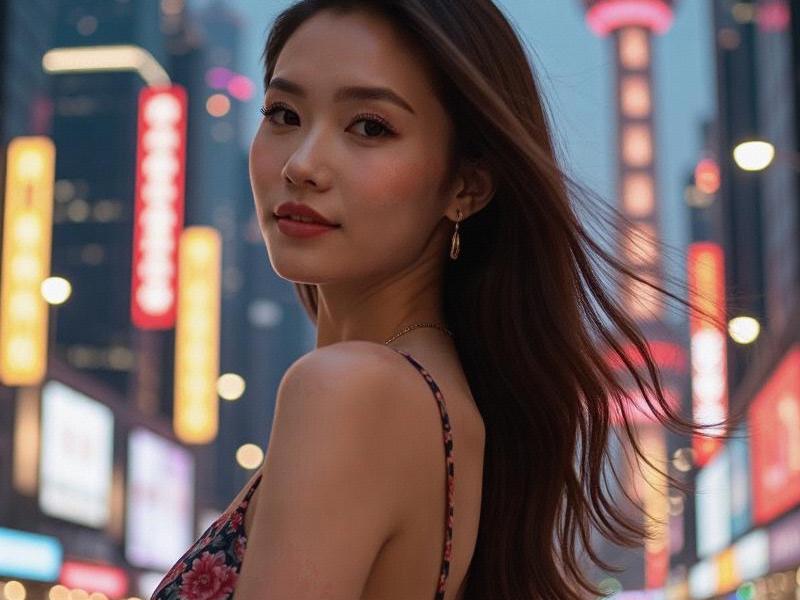This 2,500-word cultural analysis examines how Shanghai women navigate global beauty ideals while maintaining distinct local characteristics, creating a unique urban aesthetic that influences China's fashion industry.

Section 1: Historical Foundations of Shanghai Beauty
- The "Paris of the East" legacy (1920s-1940s)
- Evolution of qipao fashion and modern reinterpretations
- Haipai (Shanghai-style) cultural influences
- Beauty standards transformation through economic reforms
Contemporary Beauty Landscape (2025 Data)
- Cosmetic preferences: 68% favor natural enhancements over dramatic changes
- Skincare rituals blending TCM principles with French pharmacy brands
- Makeup trends: The rise of "no-makeup makeup" among professionals
上海龙凤419油压论坛 - Hair fashion: 42% of women under 35 experiment with bold colors
The Fashion Ecosystem
- Local designers redefining Chinese luxury (Chen Man, Uma Wang)
- Shanghai Fashion Week's global positioning
- Street style capitals: West Bund vs. Tianzifang
- Sustainable fashion adoption growing 23% annually
Cultural Duality in Practice
上海夜生活论坛 - Western luxury brands adapting to local tastes
- Traditional craft revival in jewelry and accessories
- Generational style divides: Gen Z vs. Millennials
- Workplace appearance expectations in different industries
Economic Dimensions of Beauty
- Shanghai's ¥58 billion beauty market breakdown
- Influencer economy: 12 major beauty KOLs based in Shanghai
- Luxury consumption patterns among different income groups
上海贵族宝贝sh1314 - Emerging local brands challenging international giants
Future Projections
- AI beauty tech: Virtual try-on adoption rates
- Growing cultural confidence in beauty standards
- The globalization vs. localization balance
- Next-generation style indicators from college campuses
Shanghai's beauty culture represents a sophisticated negotiation between global influences and local identity, offering insights into China's evolving gender norms and urban lifestyles through the lens of personal aesthetics.